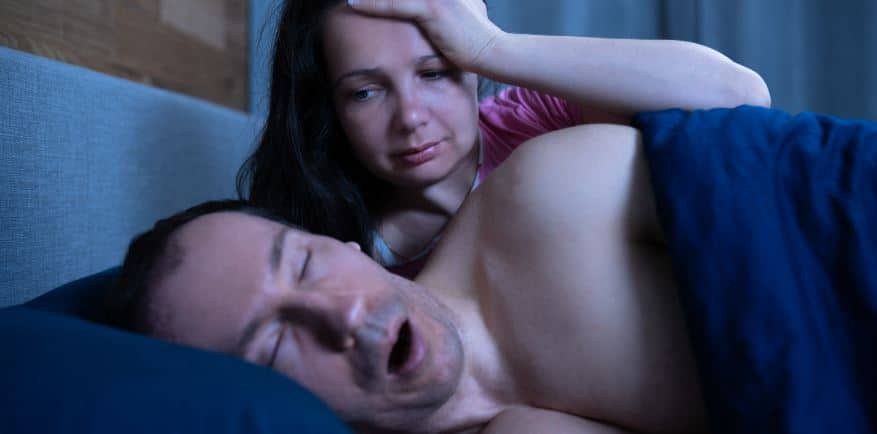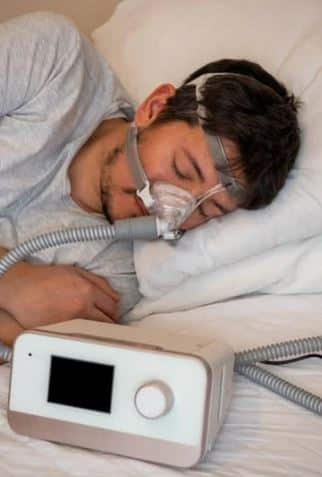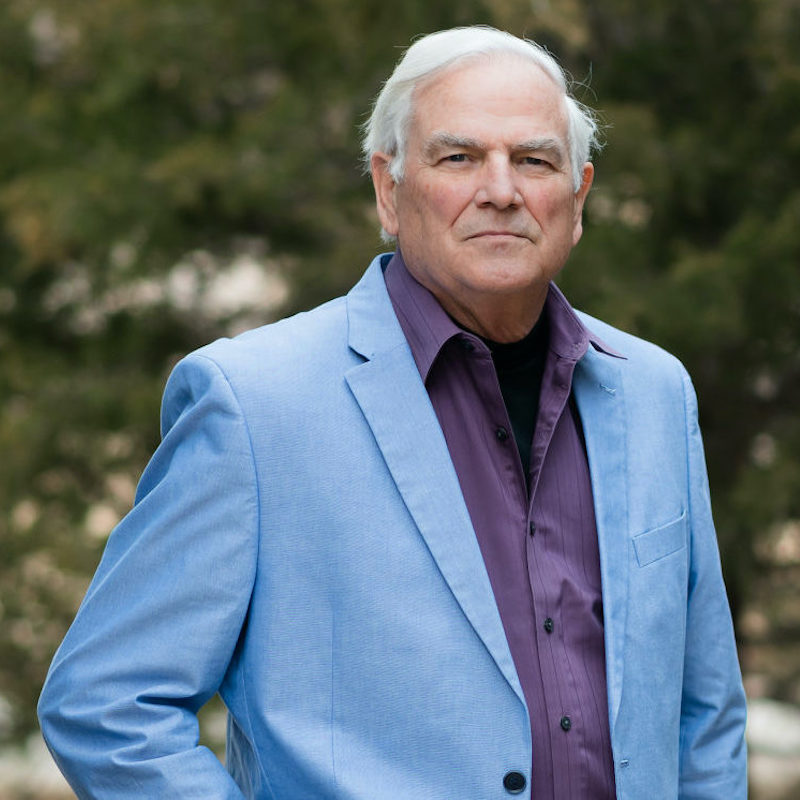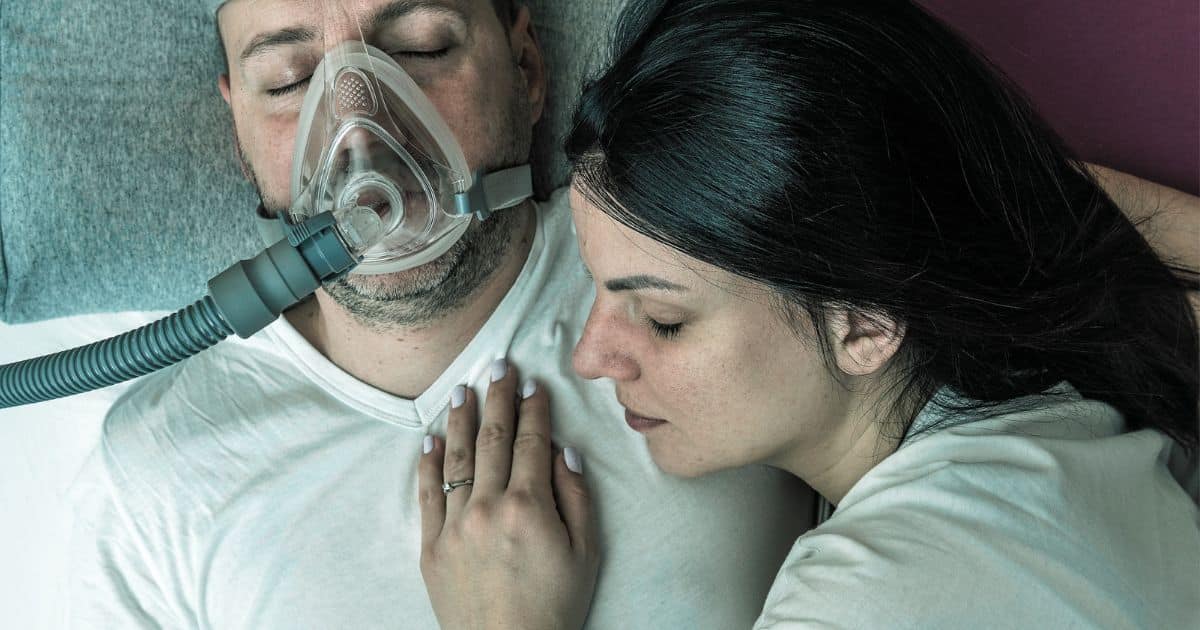Sleep-disordered breathing, a prevalent chronic condition worldwide, is estimated to affect 3% to 7% of the population, particularly among certain high-risk groups. However, recent studies published in the American Journal of Epidemiology suggest a higher prevalence of Sleep Apnea Syndrome (SAS) at 26% among adults aged 30 to 70 in the United States. The World Health Organization (WHO) notes that over 100 million people globally experience this issue.
This rise, especially in the US, is attributed to the ongoing obesity epidemic. Risk factors for SAS include age, male gender, obesity, family history, menopause, craniofacial abnormalities, smoking, and excessive alcohol use.
Obstructive Sleep Apnea Syndrome (SAS) involves frequent pauses in breathing during sleep, often accompanied by loud snoring. These pauses momentarily cut off oxygen supply and carbon dioxide removal, prompting brief awakenings to reopen airways and resume breathing. These interruptions can recur throughout the night, leading to disrupted or inadequate sleep. In daytime, affected individuals often experience fatigue, difficulty concentrating, and headaches due to nocturnal breathing issues. Snoring, a common feature of SAS, not only disrupts others’ sleep but also poses risks to the affected individual.

SAS is typically diagnosed through polysomnography and pulse oximetry, which respectively monitor sleep patterns and oxygen levels in the blood. While not life-threatening on its own, SAS can contribute to severe cardiovascular and cerebrovascular diseases and has links to Type 2 diabetes, stroke, and depression. Although it significantly impacts quality of life, effective management strategies are available.
Treatment of Sleep Apnea Syndrome
The primary treatment for SAS is Continuous Positive Airway Pressure (CPAP), which involves delivering air through a mask into the airways during sleep, preventing their collapse. This therapy utilizes a face or nasal mask connected to a pump that maintains a steady flow of air into the nasal passages to keep the airway open. In the United States, most insurance companies cover sleep testing and CPAP treatment.
 According to the National Sleep Foundation, many CPAP users experience immediate relief from symptoms and notice increased daytime energy and mental acuity. Some patients have expressed that CPAP has transformed their lives positively. However, a portion of users may find CPAP masks uncomfortable, even though it effectively controls their sleep apnea. Many individuals require additional support to find a well-fitting mask.
According to the National Sleep Foundation, many CPAP users experience immediate relief from symptoms and notice increased daytime energy and mental acuity. Some patients have expressed that CPAP has transformed their lives positively. However, a portion of users may find CPAP masks uncomfortable, even though it effectively controls their sleep apnea. Many individuals require additional support to find a well-fitting mask.
Side effects of CPAP treatment are typically mild and temporary, including nasal congestion, sore eyes, headaches, and abdominal bloating. Most people adapt to CPAP therapy within two to twelve weeks. It is notable that less than half of CPAP patients discontinue treatment due to its effectiveness.
But – Does Sleep Apnea Contribute to Hearing Loss?
In a study conducted by Chopra (2014), nearly 14,000 individuals were examined, revealing a connection between sleep apnea and both high and low-frequency hearing impairments. The study, which involved participants from the Hispanic Community Health Study/Study of Latinos, concluded that sleep apnea had an independent association with hearing impairment, even after adjusting for other potential causes of hearing loss.
All participants underwent an in-home sleep apnea assessment and an on-site audiometric test at the beginning of the study. Sleep apnea severity was assessed using the apnea-hypopnea index (AHI), which measures the number of apnea (complete cessation of airflow) and hypopnea (partial cessation of airflow) events per hour of sleep. Sleep apnea was defined as an AHI ≥ 15 events/hour. High-frequency hearing impairment was categorized as having a mean hearing threshold exceeding 25 decibels at 2000, 3000, 4000, 6000, and 8000 Hz, while low-frequency hearing impairment was defined as a mean hearing threshold exceeding 25 decibels at 500 Hz and 1000 Hz.
Among the 13,967 subjects, 9.9% had moderate or severe sleep apnea (AHI ≥ 15). Within this group, 19.0% experienced high-frequency hearing impairment, 1.5% had low-frequency hearing impairment, and 8.4% had impairments in both high and low frequencies. The study highlighted a greater prevalence of hearing impairment among individuals of Cuban and Puerto Rican descent, as well as those with a higher body mass index, self-reported snoring, and/or sleep apnea.
Additionally, the research found that sleep apnea, when adjusted for variables like age, sex, background, and history of hearing impairment, showed a 31% increase in high-frequency hearing impairment, a 90% increase in low-frequency hearing impairment, and a 38% increase in combined high and low-frequency hearing impairment. Furthermore, the study indicated that a higher AHI was associated with a higher prevalence of high-frequency, but not low-frequency, hearing impairment.
Epilogue
Of course a single study does not ensure that the results really are correlated with the increased incidence of hearing impairment, these data put audiologists and otolaryngologists worldwide on notice that hearing loss may also be correlated with SAS.
Details on Obstructive Sleep Apnea Syndrome can be viewed in the video below:
References:
- Chopra, A. (2014). Sleep apnea tied to hearing loss in large study. Science Daily. Proceedings of the American Thoracic Society. ScienceDaily, 20 May 2014.
- Kolawole, O. (2018). Sleep Apnea Test – What You Need To Know. 25 Doctors.
- Punjabi, N. (2008). Epidemiology of adult obstructive sleep apnea. Proceedings of the American Thoracic Society, Volume 5(2), pp 136-143. Retrieved December 14, 2015.
- World Health Organization (2015). Obstructive sleep apnea syndrome. Retrieved December 14, 2015.
About the author

Robert M. Traynor, Ed.D., is a hearing industry consultant, trainer, professor, conference speaker, practice manager and author. He has decades of experience teaching courses and training clinicians within the field of audiology with specific emphasis in hearing and tinnitus rehabilitation. He serves as Adjunct Faculty in Audiology at the University of Florida, University of Northern Colorado, University of Colorado and The University of Arkansas for Medical Sciences.
**this piece has been updated for clarity. It originally published on December 15, 2015






